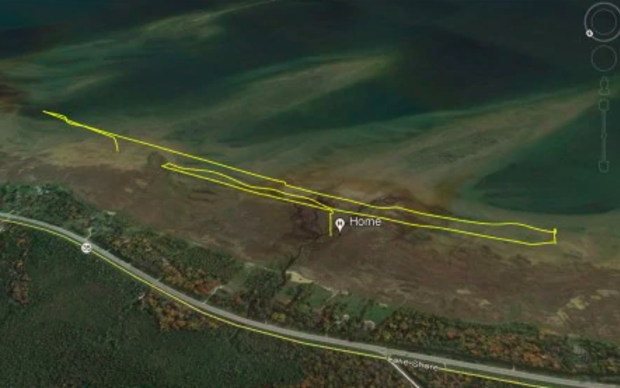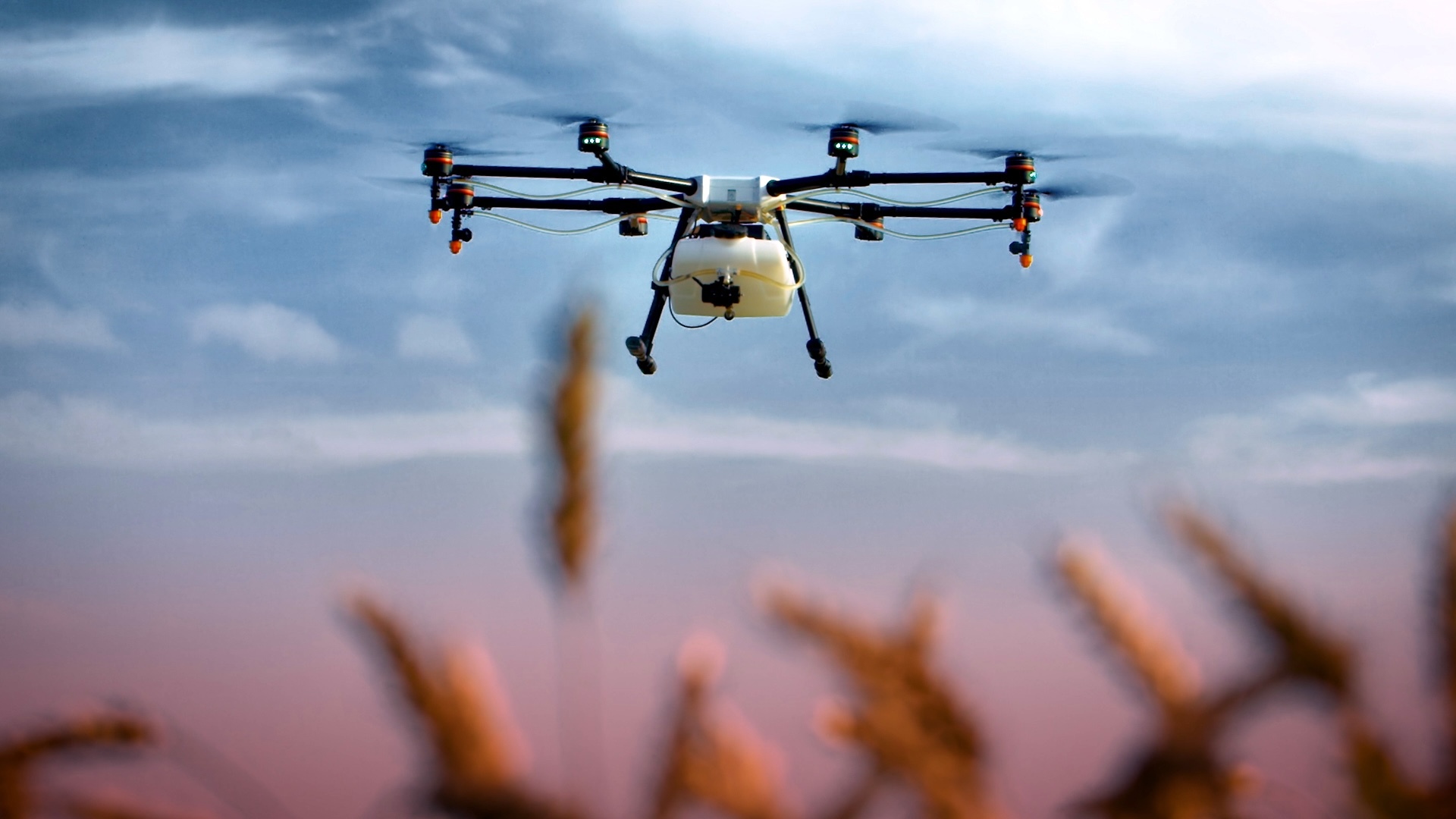Bald eagle wins duel with state's $950 drone, sending it to the bottom of Lake Michigan
In the battle for air supremacy, a bald eagle just proved that technology is no match for brute strength. The giant bird recently attacked a drone, destroying it and sending it to the bottom of Lake Michigan.
A bald eagle in Michigan's Upper Peninsula "launched an airborne attack" on a drone operated by the state's Department of Environment, Great Lakes and Energy (EGLE) late last month, the department said Thursday. During the squabble, the eagle tore off the drone's propeller, making the device plummet 162 feet through the air and into the lake.
The "brazen" eagle versus EGLE clash took place while environmental quality analyst and drone pilot Hunter King was mapping erosion along the shoreline. The data is being used to help communities cope with rising water levels.
When King faced poor satellite reception, he pressed the "Go Home" button, recalling the drone back to him. But as it made its way home, it began "twirling furiously" during its tussle with the eagle.
"It was like a really bad rollercoaster ride," said King.
When he looked up to find the drone in the sky, it was gone, and the eagle was already flying away, victorious. A nearby couple confirmed to King that they saw an eagle attack something in the sky.
The three said the eagle appeared uninjured as it made its escape from the crime scene.
King and the couple searched for the drone for hours but returned empty handed. Several days later, EGLE Unmanned Aircraft Systems coordinator Arthur Ostaszewski brought a kayak to the search.
About 150 feet offshore, in four feet of water, Ostaszewski searched for two hours in a grid pattern, but also found nothing. It was like "I was playing Battleship and wanted to cover the entire board," he said of his search.
The agency said the drone was a DJI Phantom 4 Pro Advanced, which cost $950.
Data from the flight indicates the drone sent 27 warning notifications a few seconds after the fight began, including one regarding the propeller that had been torn off. Its final message to the world indicated it was falling at 30 feet per second before it hit the water.
"The attack could have been a territorial squabble with the electronic foe, or just a hungry eagle," EGLE said. "Or maybe it did not like its name being misspelled."
The agency's drone team is looking into ways to reduce repeat attacks in the future, including altering the design of the drone so they look less like seagulls.
EGLE asked the state's Department of Natural Resources to reprimand the eagle in some way, but the agency said it has no authority to issue a citation to individual, non-human wildlife.
"Unfortunately, there's nothing we can do," a spokesman for the department said. "Nature is a cruel and unforgiving mistress."






